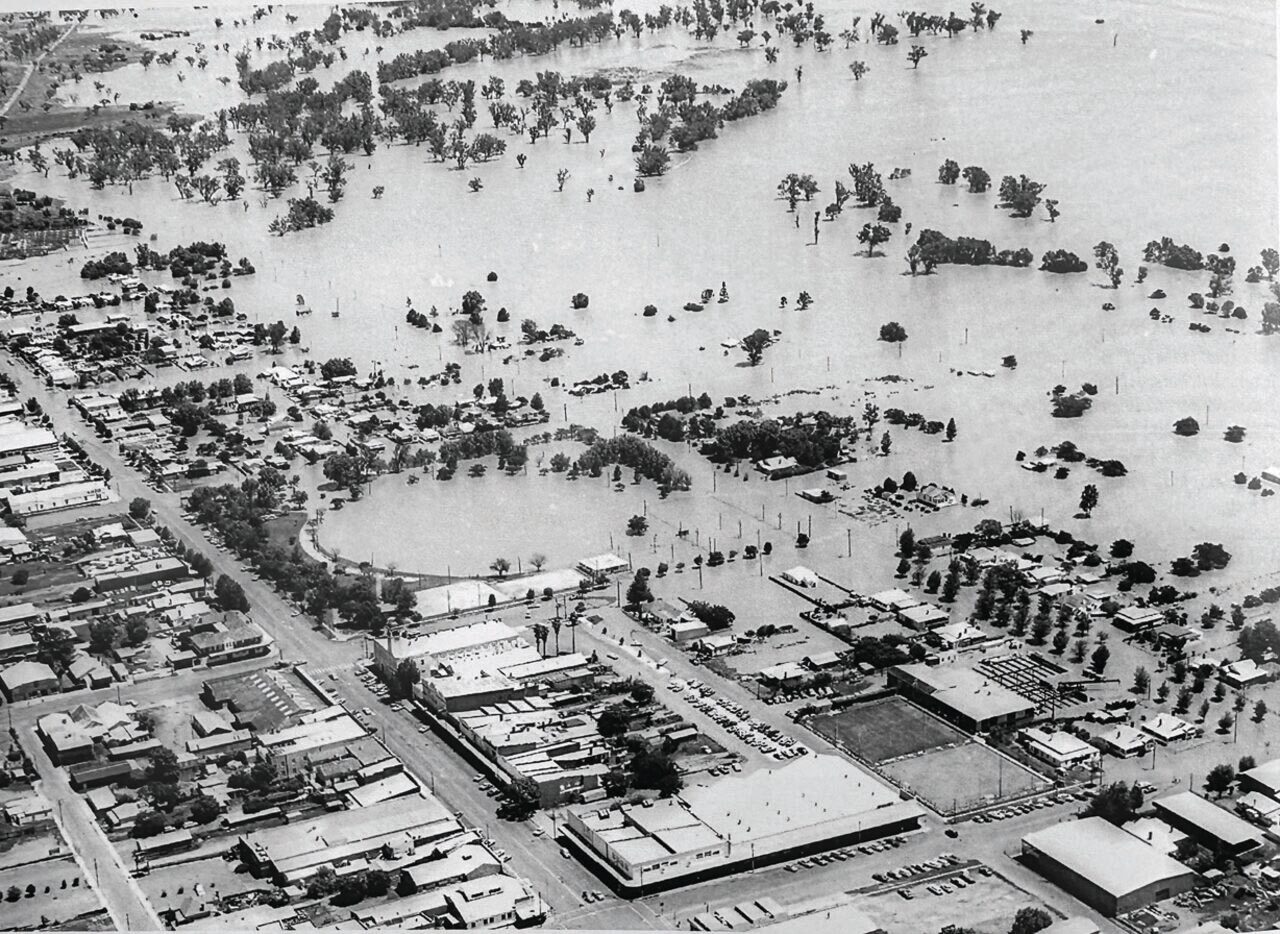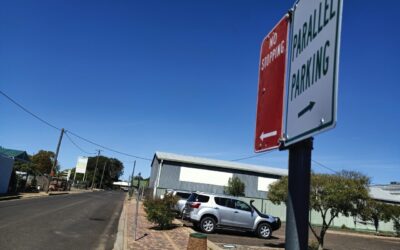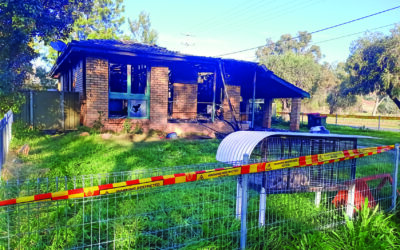Gunnedah has been selected as one of just three NSW locations to take part in a long-term, national research program to help communities prepare for future natural disasters.
The five-year program called Equip will utilise a unique model to help people prepare for flood, fire, and drought by strengthening mental and emotional readiness.
Rather than focusing on disaster recovery or physical preparedness, Equip will build psychological preparedness before events occur. The program will be tailored to the community, and co-facilitated by local community members so knowledge and capacity remain embedded locally.
The model has been adapted from programs in response to the earthquake disaster in Nepal. It was also built off a successful pilot in Ebor, east of Armidale, following the 2019 bushfires in surrounding communities.
Gunnedah was chosen as one of three NSW locations to take part in the study – partly due to its population size and communities affected by flood disaster in 2021 and 2022.
Also taking part is Nymboida in the Northern Rivers region and another small community near Kempsey.
The program is being funded by the Australian government, with select communities across the country also involved.
Dr Warren Bartik said much of the first year of the Equip project will involve consultation with the community and establishing a presence in Gunnedah.
Members of the Gunnedah community will be recruited to take part in an “advisory group”. These members will assist research by Equip and will be provided with vouchers to spend at local businesses in recognition for their time.
“Community connectors” will also be recruited to lead the group and these will be paid positions. These members will help support engagement, help co-develop content, and co-facilitate the workshop series.
The program’s delivery will occur next year and will take the form of an interactive workshop that contains seven, one-hour modules.
The modules cover themes such as building peer support, connection, and shared coping; linking physical preparedness to mental confidence; understanding stress, fear, and uncertainty; strengthening control, focus, and flexible thinking and mental health literacy and coping.
The mode in which these modules are delivered, will be guided by the local community and what will best suit their needs.
Mr Bartik said the pilot program at Ebor showed great results. Those taking part demonstrated a higher level of preparedness and lower level of distress, after completing the program.
Mr Bartik said the program has the potential to be rolled out in more locations across Australia.
When Equip hosted one of its first community meetings earlier this week, attendees raised several issues for consideration, many which had arisen from recent flood events. These issues included different responses to flooding disaster from those affected in town and those on farms in rural areas.
The new disaster preparedness project follows initiatives such as ‘The Big Map’ in Gunnedah. The 15-metre, large scale satellite image served as a visual “discussion piece” for the local community, and emergency services looking at previous floods around Gunnedah.
To order photos from this page click here



